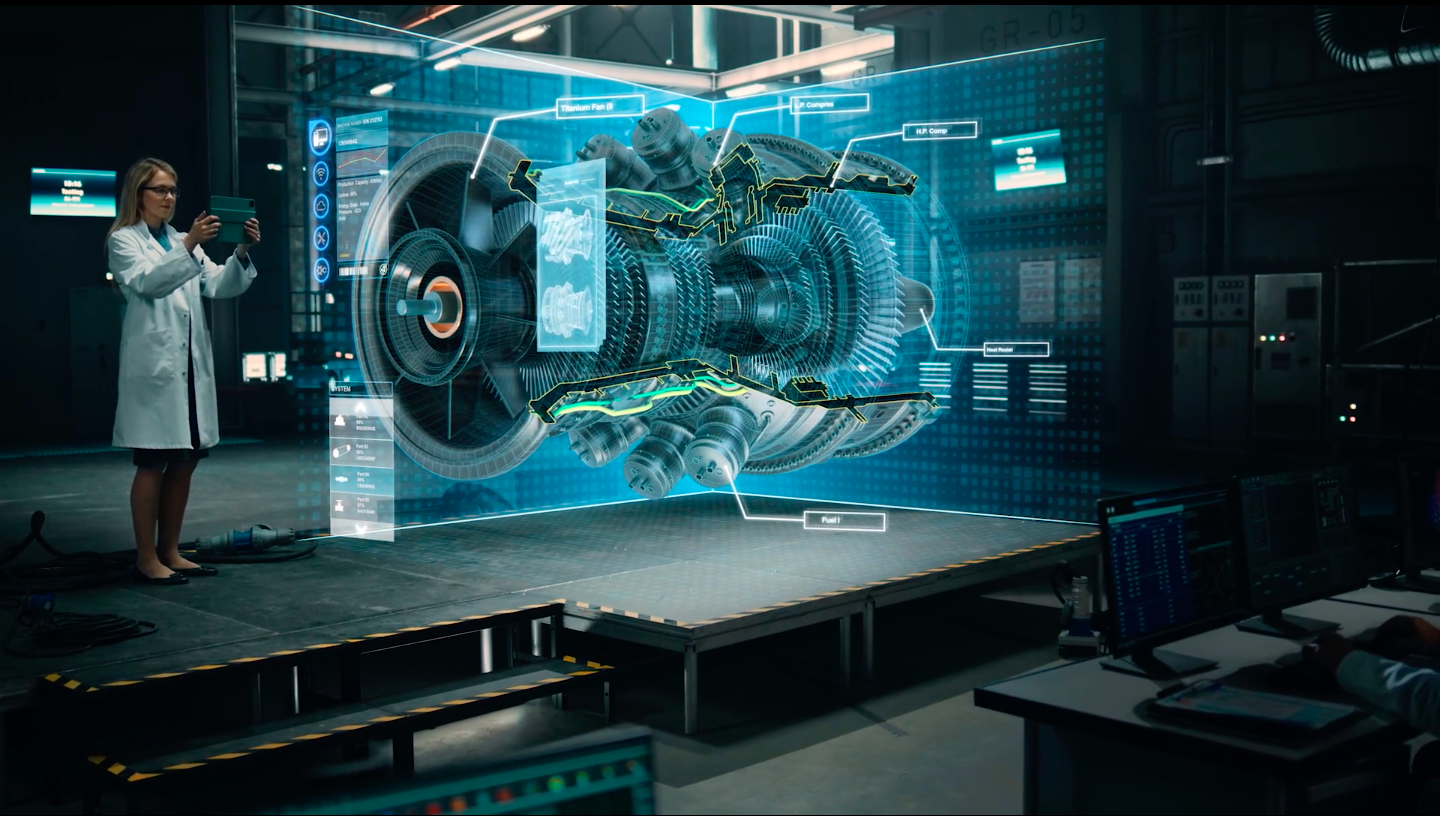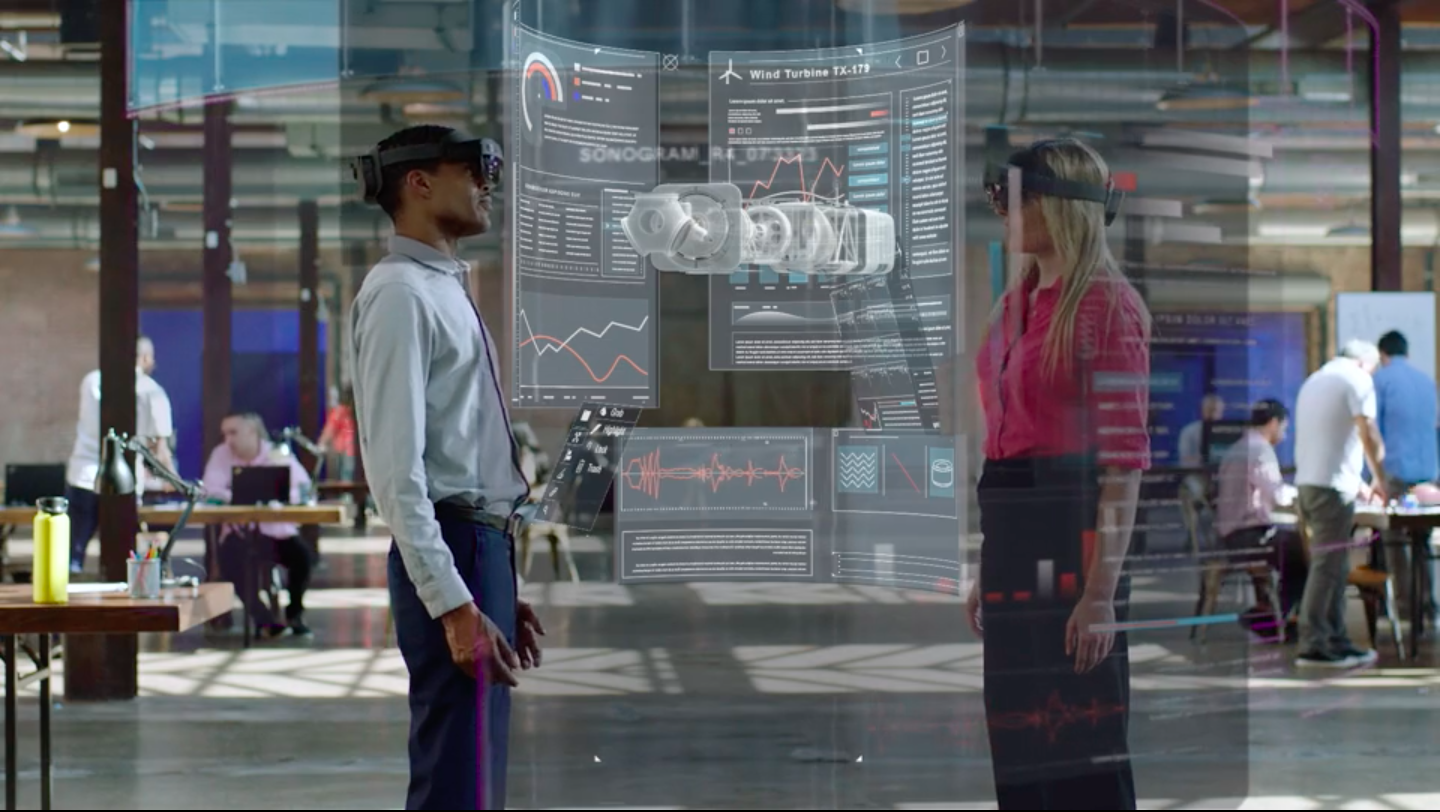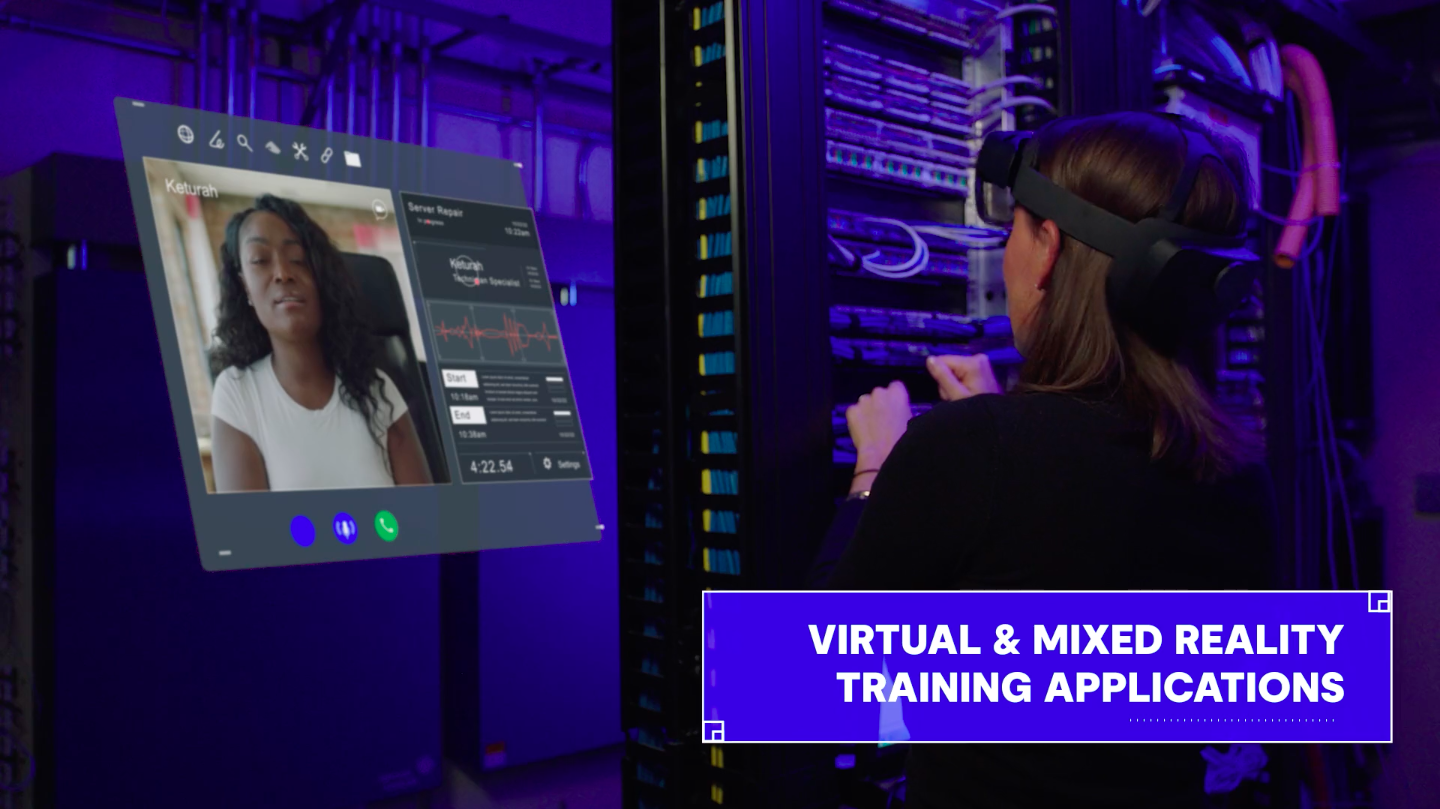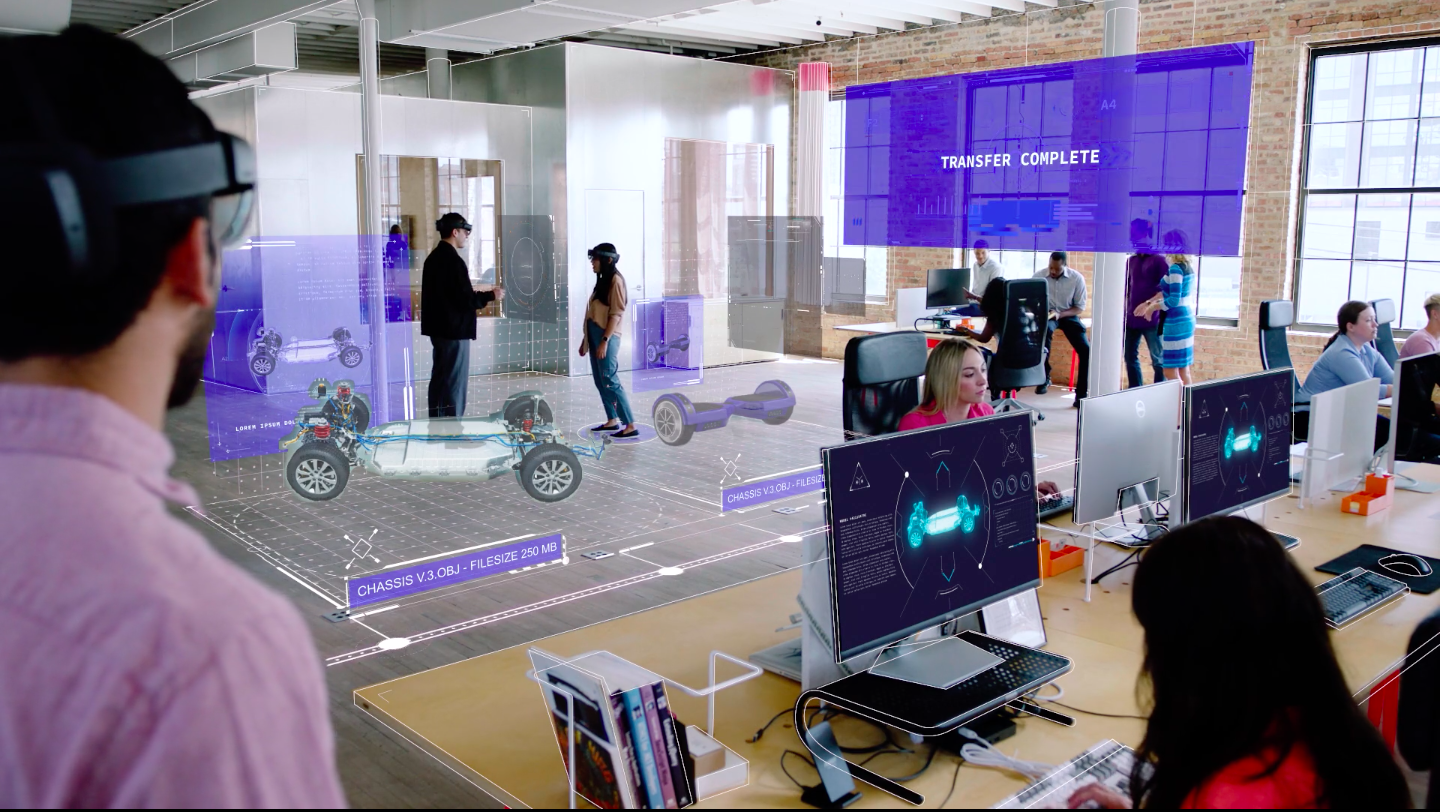You’re flipping through a magazine, reading articles and scanning advertisements. You see an icon in the corner of a full page advertisement. It signals an AR experience.
Curious, you swipe your phone across the icon. And, suddenly, the graphic design quickens, lifting from the page and inviting you to participate.
An animation prompts you to tap for more information. Already on your device, it’s effortless to answer the call to action: to visit the website, see the exhibit, sign up for the event…
It’s time to implement Augmented Reality.
Whether you’re using traditional media or scrolling through socials, Augmented Reality invites your audience to participate in an experience that yields greater engagement, data, and impact by merging the digital environment with the real-world.
What is augmented reality?
Augmented reality (AR) is a technology that superimposes digital elements, like motion graphics, animation, 3D models, and other information onto the physical environment.
Unlike virtual reality (VR), which offers complete immersion in a computer-generated space, AR marries the digital with the physical to enhance user experience with applications for every field, from education to entertainment to industry.
AR adds a new dimension to video by seamlessly integrating digital elements into the real-world environment, transforming viewers into users, promoting engagement with digital content, while maintaining a connection with the real world.
It’s the best of both worlds.
Augmented reality also enables unprecedented data collection, providing businesses with a deeper understanding of their audience. So, businesses can leverage this technology to better understand consumer behavior, refine products and services, and optimize marketing campaigns.
Currently, we experience AR through devices like smartphones or tablets, but as wearables become more commonplace, AR technology offers an opportunity for revolutionary user interactivity.
What are the applications for AR in video production?
1. Product Visualization
Unlike text or images, video uniquely provides every viewer with a comprehensive, shared vision. AR propels the effects of video further to enable a shared encounter.
Whether for internal educational purposes or external marketing strategies, AR can showcase prototypes to investors or products to new customers, giving viewers a 3D interactive experience that yields deeper understanding.

2. Spatial Awareness
Similarly, AR offers a sense of depth and spatial awareness by overlaying 3D objects or environments onto the video, making content more visually dynamic, engaging, and informative.
Think virtual tours for prospective home buyers or potential travelers booking accommodations for a trip. Imagine virtual tours for museum exhibits constructed as an enhancement tool for classroom learning; or even as an advertisement for future exhibits. The possibilities are endless.
Virtual Sets & Backgrounds are another way to employ AR. Creating digital backgrounds or environments with AR enables filmmakers to shoot in a controlled, virtual space that can replace or augment real-world locations. AR expands the creative possibilities despite the many logistical concerns of production, allowing for greater accessibility and design potential.

3. Interactive Elements
Watching is inherently passive. Interactive elements in video invite viewers to participate through gestures, touch, or other input methods to manipulate or trigger AR objects or animations, creating an immersive user experience.
Consider gamification. AR can turn video content into a game-like experience, calling viewers to action in the real world through the digital elements and challenges.

4. Information Overlays
AR overlays, like motion graphics, text, or animations supply context and enrich the messaging and information shared in the video. This can include labels, statistics, historical facts, and more, enhancing the storytelling and engaging viewers in new ways.
This is a great application for curriculum development in education. Imagine reading a textbook page that offers the opportunity to learn more about graphs or figures or paintings with AR, or even interacting with cited sources. Picture the detailed depictions of the body in a Biology textbook. With AR, a student could interact with the various systems of bones, muscles, or organs to gain deeper understanding.

So… why does this matter?
Ads call to us from every direction in the digital space. And, that’s before we account for traditional media methods. So, how do you break through the pandemonium?
Video is a foundational apparatus of any good marketing and communications strategy. The question is no longer if to use video, but how to implement a visual narrative that furthers your company goals. It’s 2023. This is the reality. Video is a necessity. Full stop.
But, what does video look like in 2024? Where is it going? How do you wield video to not only engage audiences, but enhance their visual experience, aggregate data, and propel your message?
Answer: Augmented Reality.









